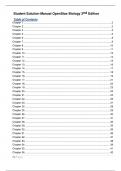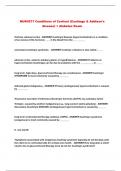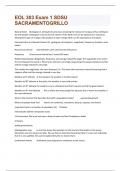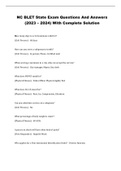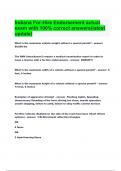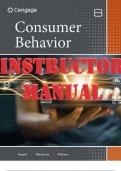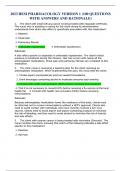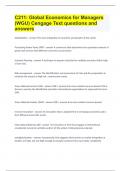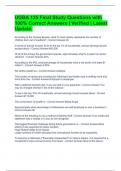Exam (elaborations)
Testbank for Biology 2nd Edition from OpenStax College ISBN 9781947172517
- Course
- Institution
Testbank for Biology 2nd Edition from OpenStax College ISBN 9781947172517Chapter 1 1 Figure 1.6 1: C; 2: F; 3: A; 4: B; 5: D; 6: E. The original hypothesis is incorrect, as the coffeemaker works when plugged into the outlet. Alternative hypotheses include that the toaster might be broken or that th...
[Show more]
